Lomandra, or basket grass, is a fantastic perennial herb, considered glorious, evergreen grass. This fantastic, clumping native grass has a hassle-free growth habit, suited for a range of terrains and environments.
Basket grass has incredibly resilient leaves and grows a gently fragrant flowering stem – adding a wonderful touch to any garden, driveway or roadside.
Follow our lomandra growing guide for everything you need to know about this native grass.
More...
What is Lomandra?
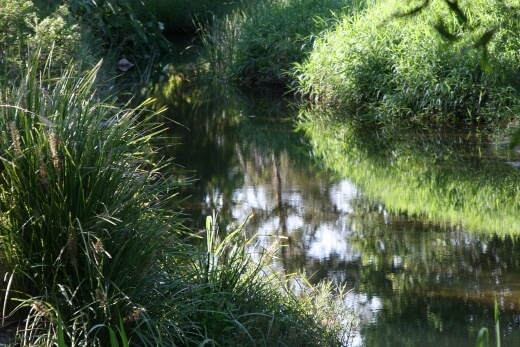
Lomandra, most commonly known as mat rushes, is an evergreen perennial herb with a clumping habit endemic to parts of Eastern Australia. Varieties of basket grass can be found growing freely from Tasmania to Queensland.
Part of the Asparagaceae family, Lomandra is a species of medium-sized plants which have long, glossy, grass-like leaves and a long flower stem. The flower stems have smaller clusters of cream or yellow sessile flowers.
Traditionally, the leaves of lomandra plants were used by aboriginal communities to weave baskets and other crafts. The leaves and flowers of the plant are also edible, tasting a lot like baby peas or raw cabbage.
These plants are incredibly eye-catching and, in the right conditions, can grow as much as 1 metre tall. Basket grass is also extremely hardy suited to grow in a range of environments, including salty soils, swamps, creeks, hillsides, forests and in areas with very salty air.
Basket Grass has been used in many commercial and private settings. It can be grown indoors, in containers and is often used along driveways and roadsides.
Other common names for lomandra include:
- Mat Rushes
- Spikey-Headed Mat Rush
- Spiny-Headed Mat Rush
Lomandra Garden Uses
Lomandra is a great gardening choice, especially for areas that struggle to grow other plants. Growing Australian native grasses has a range of benefits, including:
- Having a clumping growth habit which can help to prevent soil erosion in loose soil.
- Being extremely salt-tolerant, making them ideal for coastal gardens.
- Being drought-tolerant makes it an economical garden choice.
- Helping to provide wind shelter for smaller trees and sensitive shrubs.
- Reviving and enlivening barren parts of your garden.
Popular Lomandra Varieties in Australia
- Lomandra longifolia - This lomandra is large in size and grows quickly. It has long and wide leaves that grow in the shape of a fountain. It produces yellow flowers in spring and can grow to a height of 1.2 metres.
Find out more about this species by reading our how to grow and care guide for Lomandra longifolia. - Lomandra hystrix - This lomandra is compact. Its leaves are fine and a bright green colour. You’ll see yellow flowers during the springtime and it can grow to a height of 1 metre.
- Lomandra confertifolia - This lomandra has narrow leaves that are a blue grey colour. The grass has a weeping shape and produces fragrant yellow flowers. It grows to a height of 60cm.
- Lomandra filiformis - This lomandra produces clumps where the leaves grow quite loosely together. The flowers are a cream to yellow colour and stand out due to less grass. It grows to a height of 50cm.
- Lomandra multiflora - This is a small lomandra with firm leaves that are a grey green colour. They grow to about 25 cm in height. It produces yellow flowers in clusters at the leaf base.
- Lomandra fluviatilis - This lomandra is similar to the L.confertifolia. The leaves are thin and tinged with a light blue grey colour. It reaches a height of 50cm.
- Lomandra labill - This lomandra is compact and grows very dense. It has fine leaves that are a bright green colour. The flowers are a golden yellow and appear in spring and summer. It can reach a height of 45cm.
- Lomandra ‘Lime Tuff’ - This lomandra is compact and evergreen, with fine leaf tufts that are a bright green colour. It produces cream flowers and is actually a hybrid of 3 different types of lomandra. It grows to a height of around 40 cm.
How to Grow Lomandra in Australia
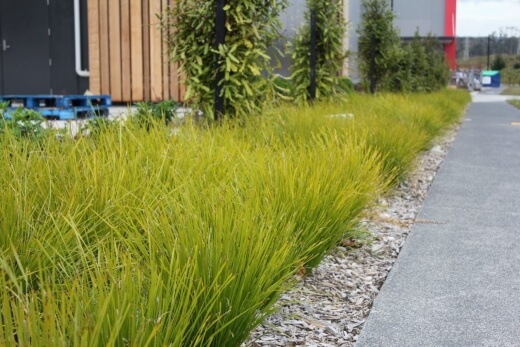
Source: redslandscaping.com.au
Mat rushes can grow in almost any environment, being adaptable to hot and arid conditions as well as wet and flooded areas.
Although they’re happy to grow in poorer quality soils, they’re best accustomed to well-draining loam soils. (Learn more about loam soils here.) They’re also suitable for sandy and clay soils.
Basket grass thrives in sunny spots, which helps to encourage growth and flowering. However, most varieties can tolerate as much as 70% shade during the day.


Get Your Free Guide:
Master Growing Australian Natives eBook
A Must Have Complete Guide for Every Australian Garden
Get Your Free Guide:
Master Growing Australian Natives eBook
A Must Have Complete Guide for Every Australian Garden
As these plants grow quite large, it is recommended to space out your plants, giving them sufficient space to grow. 1 plant per square metre is ideal, allowing plants to grow into their full shape.
If you’re planning to grow your plants in a pot, it’s important to pick a pot that is at least twice the size of the plant. Fill the pot with a good quality potting mix, and ensure sufficient drainage holes.
Where to Grow Mat Rushes
Mat rushes can be grown almost anywhere, and even dwarf varieties are suited for smaller, constrained areas. It also offers a beautiful aesthetic appeal when mass planted or as individual accents in pots around your garden. You can grow mat rushes:
- By poolsides
- In coastal gardens
- On Rocky hillsides
- In Poor soil spots
- In pots or containers
- Near ponds or water features
- Steep banks or slanted areas
They’re also a great choice as ground cover, lawn or flower bed border plants.
How to Propagate Lomandras
Mat Rushes can be propagated easily from the readily available seeds or by means of division every few years. Seeds and established plants can also be purchased from most native nurseries.
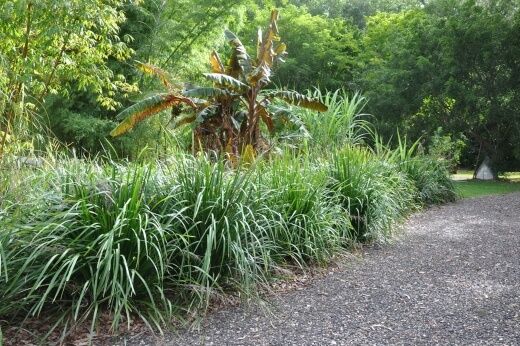
Source: bambooland.com.au
Growing Mat Rushes from Seed
Growing from seed is great as they don’t require pre-treatment and are almost always successful.
Seeds can be removed from healthy plants 2 months after flowering. However, in order for mat rushes to bear fruit, there need to be both male and female plants in the vicinity.
Here is what you’ll need to do:
- Cut off seed heads from female plants and place them into a paper bag. Shake the bag to release the seeds.
- Sow the seeds into a rich soil mixture in a seedling tray and keep moist until they germinate. Germination can take as much as 6 weeks.
- Covering your seedling tray with a plastic bag can help to provide warm, favourable conditions and speed up the process.
Dividing Basket Grass Clumps
Another effective method of propagation is dividing grass clumps in half and replanting in your desired spot. It’s important to only divide plants every 3 to 5 years to allow plants to establish properly and ensure the health of smaller plants.
Simply:
- Dig up the root of the root clump, taking care not to damage the roots too much.
- Using a sterilised pair of shears, cut the root clump in half. (If you don't have one, check out our review on the best garden shears available online.)
- Plant in your desired spot and keep the soil moist for the first few days after planting.
Lomandra Care Guide
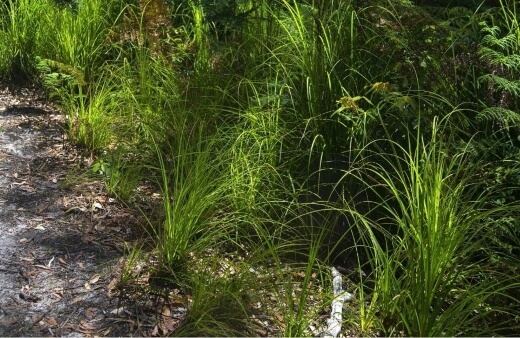
These plants are particularly low maintenance. They’re happy in dry soils and wet, which means you won’t have to worry about forgetting to water your plants.
The most care your plant will need is in the time before they become fully established, usually for the first 12 weeks after planting. In this time, take care to mulch and water your plants regularly.
This will encourage root growth and protect any sensitive roots from too harsh conditions. Creating a doughnut or crown around the base of young plants is also a good idea that helps to retain moisture after watering.
Pruning lomandra is not always necessary but can be done annually to control the size and remove any damaged leaves or spent flowers. It is also recommended to cut your plants down to half the size at least every 3 to 5 years. This will encourage fresh growth.
An all-purpose fertiliser can be added to the soil after trimming to support the plant bouncing back. Fertilising can also improve plant vitality as well as foliage and flower colour.
New plants can also get some additional fertiliser every 2 to 4 weeks during the spring and summer to encourage large growth.
Looking for more ornamental grass you can add to your garden? Be sure to check out our complete how to grow and care guide for mondo grass and pampas grass.
Common Mat Rushes Pests and Diseases
This species is very resilient, and all varieties are relatively pest and disease resistant. However, some species are known to be a food source for certain butterfly species.
They may lay eggs on the leaves. Don’t panic, though, when you notice tiny caterpillars on the leaves. They won’t do much damage and quickly turn into butterflies in the summer.
Some gardeners may notice a leaf yellowing, which can indicate a deeper issue. Native plants are particularly susceptible to phytophthora root disease. It is a major issue and will result in the death of your plant.
Are you looking for other endemic species to add to the mix? Take a look at our Australian native tropical plants guide.
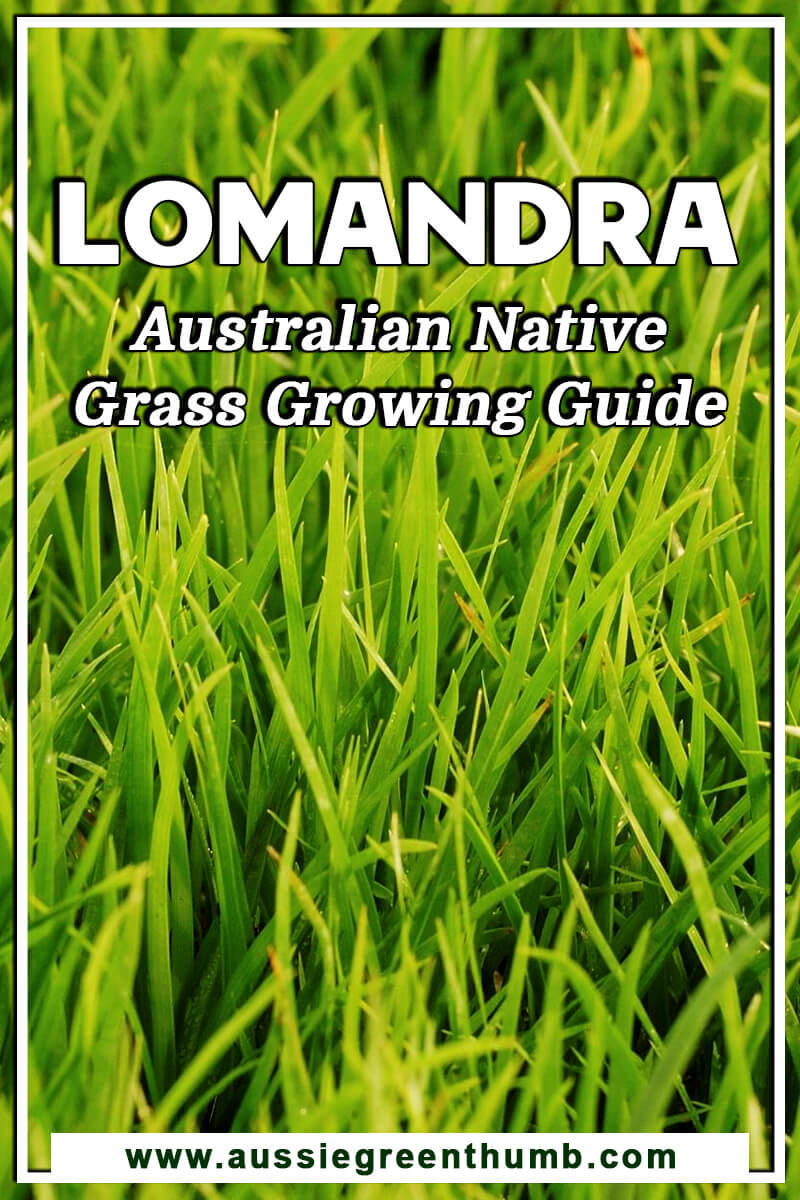
Published on January 8, 2022 by Nathan Schwartz
Last Updated on September 19, 2024


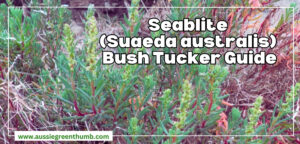
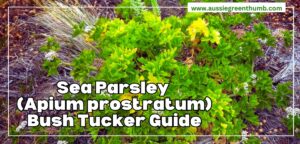
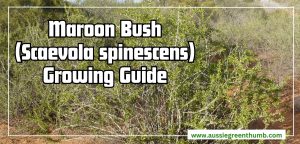
Hi Nathan,
love your article on Lomandra. As I was reading it, I wondered about fertile seeds (to grow some myself) and noticed your note on both sexes needing to be in the vicinity for viable seeds. I thought "If there's only females in an area, will they get infertile seeds or no seeds at all? Thanks.
John.
Hi John,
Yes, the tricky part when it comes to Lomandra seed propagation is that you need male and female plants. You could chat to your local nursery about buying the correct seeds with the intention to propagate the following year.
When it comes to harvesting the seeds, they need to be firm to hard. You can test if they are ripe and ready for harvest using your fingernail. Once you have collected your seeds, although pre-treatment isn’t always necessary, you can test the seeds for viability.
Pour some boiling water into a bowl, allow it to cool for a few minutes, and then let the seeds soak for a few hours. Seeds that are viable usually sink to the bottom after a while, and those that stay afloat usually haven’t developed an embryo and so won’t germinate.
Best regards,
Nathan Schwartz